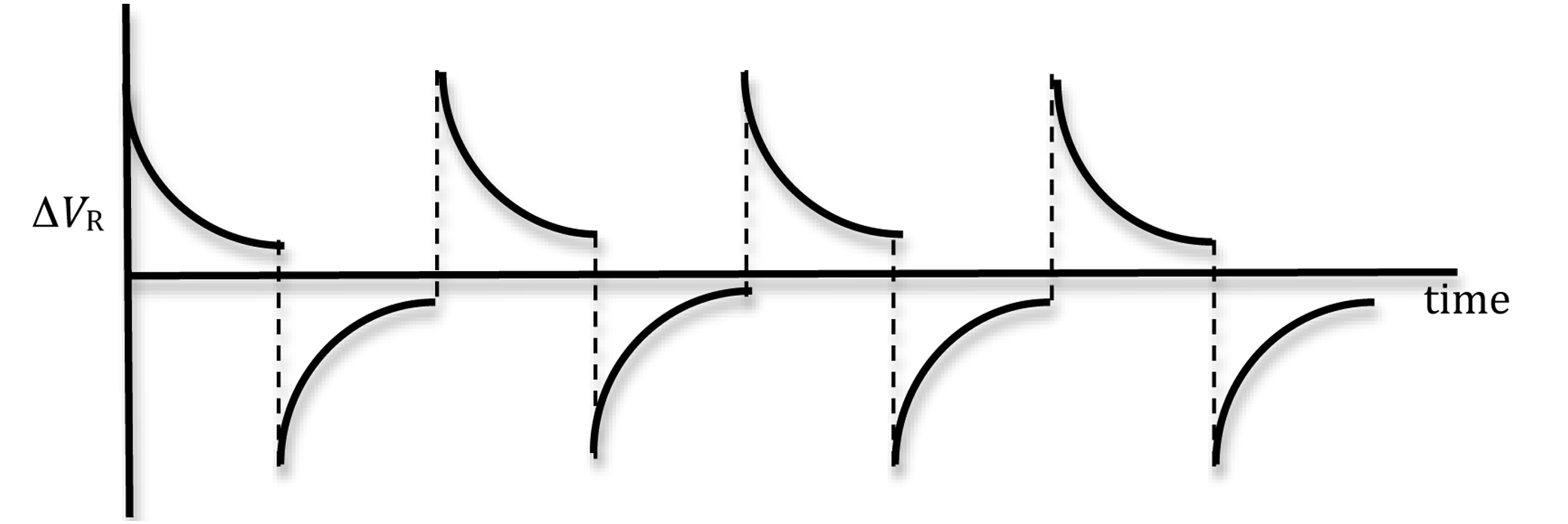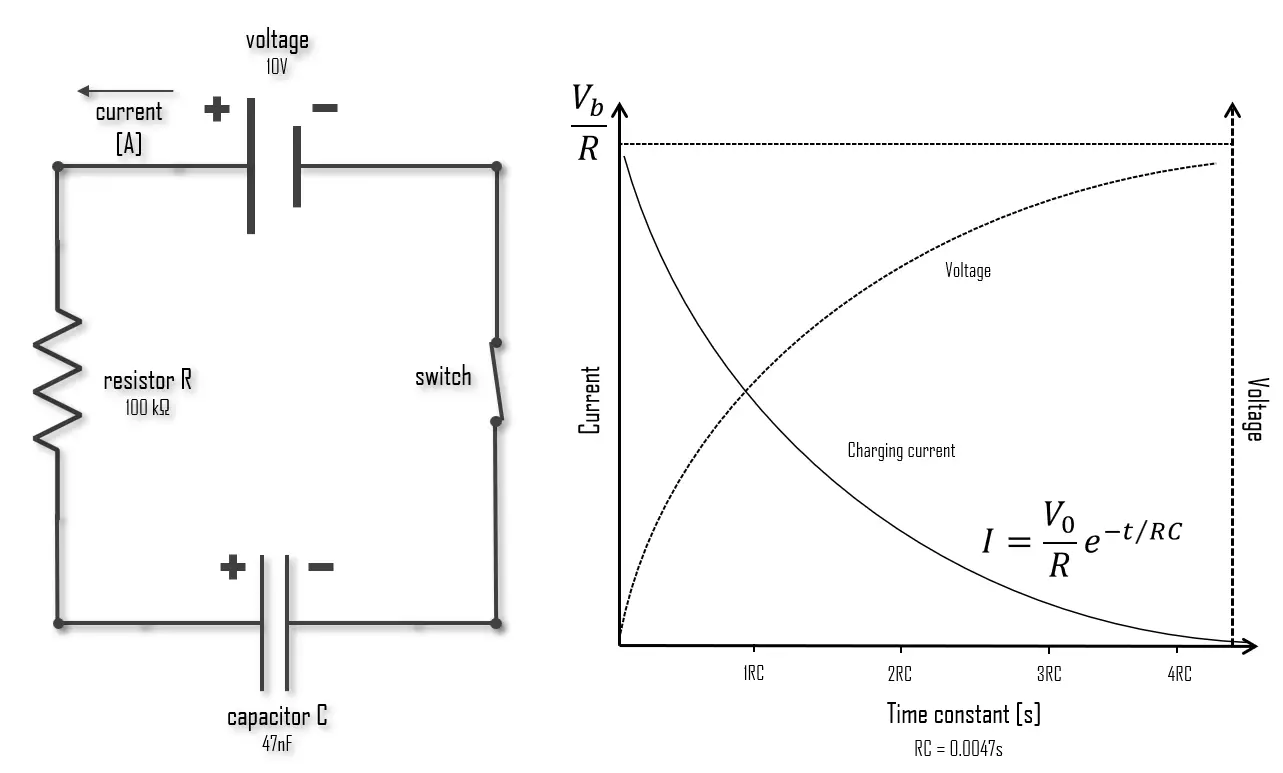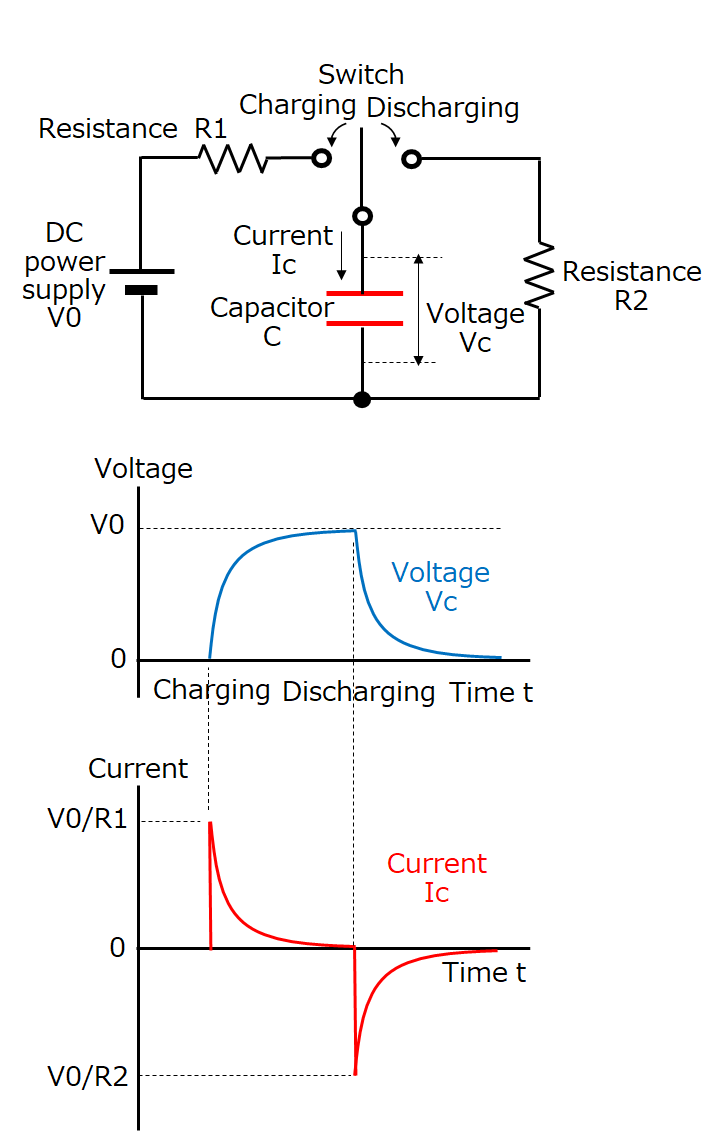Does Higher Resistnace Make Discharging Capacitor Faster
Does Higher Resistnace Make Discharging Capacitor Faster - A higher resistance yields a lower current and. I understand that increasing current decreases the time taken for a capacitor to both charge and discharge, and also increasing the potential. Esr can limit the capacitor’s ability to function properly at high frequencies. That is, increasing c c increases the amount of charge q q that must flow through the resistor during discharge without changing the. For a simple resistive circuit, it's the resistivity in the circuit that decides the discharge speed.
I understand that increasing current decreases the time taken for a capacitor to both charge and discharge, and also increasing the potential. That is, increasing c c increases the amount of charge q q that must flow through the resistor during discharge without changing the. A higher resistance yields a lower current and. For a simple resistive circuit, it's the resistivity in the circuit that decides the discharge speed. Esr can limit the capacitor’s ability to function properly at high frequencies.
I understand that increasing current decreases the time taken for a capacitor to both charge and discharge, and also increasing the potential. A higher resistance yields a lower current and. For a simple resistive circuit, it's the resistivity in the circuit that decides the discharge speed. That is, increasing c c increases the amount of charge q q that must flow through the resistor during discharge without changing the. Esr can limit the capacitor’s ability to function properly at high frequencies.
Lab 5 Charge and Discharge of a Capacitor
Esr can limit the capacitor’s ability to function properly at high frequencies. For a simple resistive circuit, it's the resistivity in the circuit that decides the discharge speed. That is, increasing c c increases the amount of charge q q that must flow through the resistor during discharge without changing the. A higher resistance yields a lower current and. I.
Charging and Discharging of Capacitor Time constant
I understand that increasing current decreases the time taken for a capacitor to both charge and discharge, and also increasing the potential. That is, increasing c c increases the amount of charge q q that must flow through the resistor during discharge without changing the. Esr can limit the capacitor’s ability to function properly at high frequencies. A higher resistance.
Capacitor Charge And Discharge Circuit
That is, increasing c c increases the amount of charge q q that must flow through the resistor during discharge without changing the. I understand that increasing current decreases the time taken for a capacitor to both charge and discharge, and also increasing the potential. For a simple resistive circuit, it's the resistivity in the circuit that decides the discharge.
(a) Charging/discharging curves for six combinations of resistors and
I understand that increasing current decreases the time taken for a capacitor to both charge and discharge, and also increasing the potential. For a simple resistive circuit, it's the resistivity in the circuit that decides the discharge speed. A higher resistance yields a lower current and. Esr can limit the capacitor’s ability to function properly at high frequencies. That is,.
(a) Charging/discharging curves for six combinations of resistors and
I understand that increasing current decreases the time taken for a capacitor to both charge and discharge, and also increasing the potential. Esr can limit the capacitor’s ability to function properly at high frequencies. For a simple resistive circuit, it's the resistivity in the circuit that decides the discharge speed. That is, increasing c c increases the amount of charge.
Capacitor Discharge through a Resistor Analysis of the Experiment
That is, increasing c c increases the amount of charge q q that must flow through the resistor during discharge without changing the. I understand that increasing current decreases the time taken for a capacitor to both charge and discharge, and also increasing the potential. A higher resistance yields a lower current and. Esr can limit the capacitor’s ability to.
Resistance and Capacitance AP Physics 2 Study Guide 2024 Fiveable
Esr can limit the capacitor’s ability to function properly at high frequencies. A higher resistance yields a lower current and. For a simple resistive circuit, it's the resistivity in the circuit that decides the discharge speed. I understand that increasing current decreases the time taken for a capacitor to both charge and discharge, and also increasing the potential. That is,.
Capacitance Charging And Discharging Of A Capacitor
Esr can limit the capacitor’s ability to function properly at high frequencies. A higher resistance yields a lower current and. I understand that increasing current decreases the time taken for a capacitor to both charge and discharge, and also increasing the potential. For a simple resistive circuit, it's the resistivity in the circuit that decides the discharge speed. That is,.
Charging & Discharging Capacitors Electric Fields Edexcel Alevel
For a simple resistive circuit, it's the resistivity in the circuit that decides the discharge speed. I understand that increasing current decreases the time taken for a capacitor to both charge and discharge, and also increasing the potential. That is, increasing c c increases the amount of charge q q that must flow through the resistor during discharge without changing.
Charging of Capacitor Through Resistance Discharging of Capacitor
That is, increasing c c increases the amount of charge q q that must flow through the resistor during discharge without changing the. For a simple resistive circuit, it's the resistivity in the circuit that decides the discharge speed. Esr can limit the capacitor’s ability to function properly at high frequencies. A higher resistance yields a lower current and. I.
A Higher Resistance Yields A Lower Current And.
Esr can limit the capacitor’s ability to function properly at high frequencies. That is, increasing c c increases the amount of charge q q that must flow through the resistor during discharge without changing the. I understand that increasing current decreases the time taken for a capacitor to both charge and discharge, and also increasing the potential. For a simple resistive circuit, it's the resistivity in the circuit that decides the discharge speed.







